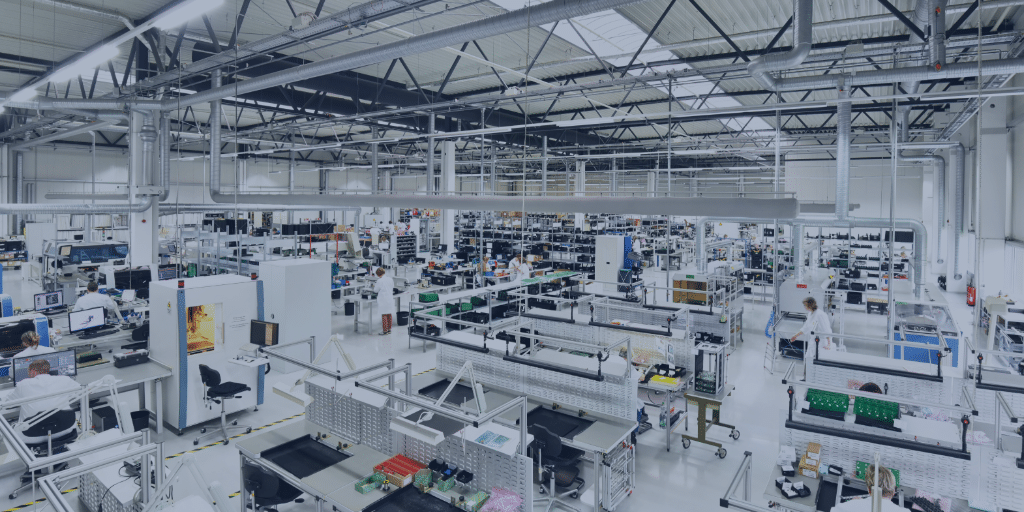In 2025, the global semiconductor industry will witness significant growth, with 18 new fabrication plants (fabs) breaking ground to meet the rising demand for high-performance computing (HPC) and generative AI.
This expansion holds the promise of easing chip shortages and offering more diverse supplier options. However, it also introduces challenges like increased competition for materials, logistics complexities, and potential supply chain disruptions.
For supply chain and procurement professionals, this changing landscape requires a proactive approach. Strategic planning and fostering strong supplier relationships will be critical to turning these developments into opportunities while managing risks. Adapting to this new reality isn’t just about keeping up—it’s about staying ahead.
Key Growth Drivers in 2025 Global Fab Expansions
1. Regional Powerhouses Lead the Charge
The Americas and Japan are driving the construction boom, with four fabs planned in each region. This shift toward geographical diversification strengthens supply chain resilience and enhances resource allocation.
In the United States, the CHIPS and Science Act has catalyzed significant investments in domestic semiconductor manufacturing. Taiwan Semiconductor Manufacturing Company (TSMC) is expanding its operations in Arizona, with plans to construct three fabs by 2030. The first fab commenced production of advanced four-nanometer chips in January 2025, marking a milestone in U.S. semiconductor capabilities.
In Japan, government-backed initiatives are accelerating semiconductor advancements, securing the country’s critical role in the global market.
2. Rising Demand for AI and Edge Computing
The industry anticipates a 6.6% annual capacity increase, reaching 33.6 million 200mm-equivalent wafers per month by 2025. This growth is driven by AI-powered edge devices and HPC applications, requiring cutting-edge precision and innovation in chip design.
3. Global Investment Surge
Major projects shaping the industry include:
- South Korea: SK Hynix is investing $6.8 billion in a state-of-the-art facility designed to meet the growing demand for AI chips.
- United States: Multiple fabs are in development, bolstered by the CHIPS and Science Act, which aims to restore U.S. leadership in semiconductor manufacturing. For example, Hemlock Semiconductor is investing $325 million in Michigan to enhance the polysilicon supply chain.
- Other regions: According to SEMI, Japan and Taiwan are also making significant strides, with new fabs aimed at advancing local manufacturing capabilities and addressing global supply chain vulnerabilities.
Implications for Your Supply Chain
As the industry expands, new challenges and opportunities arise. Here’s what you need to prioritize:
1. Lead Time Challenges
New fabs create fresh demand for materials, equipment, and logistics. Delays in these areas can ripple through your operations. Proactively assess suppliers’ scalability and secure contracts to ensure priority access.
2. Supplier Diversification
The CHIPS Act and global investments reflect a shift toward decentralizing production. Domestic suppliers may offer shorter lead times, while international partnerships could yield cost advantages. Reevaluate your sourcing strategy to strike the right balance.
3. Technology Readiness
Advancements in semiconductor technology bring unique material and design requirements. Collaborate closely with suppliers to anticipate how emerging tech trends could impact your procurement processes.
The Road Ahead: Actionable Takeaways
- Plan Early: Anticipate longer lead times and secure supplier contracts as soon as possible.
- Strengthen Relationships: Collaborate with key partners to boost resilience during industry growth.
- Monitor Policy Changes: Stay informed on incentives like the CHIPS Act that impact supplier locations and logistics.
The semiconductor industry is evolving rapidly, and informed, proactive strategies are key to staying competitive. By closely monitoring market trends and leveraging partnerships with experienced sourcing professionals, you can position your operations for long-term success.
Read More:





